Plant Palette For New Landscape: Perennials and Succulents
This past week, I have been sharing with you my latest landscape project that is located next to a golf course.
I shared with you the tree and shrubs that I had chosen and not it’s time to show you what perennials and succulents that will be going in.
*All the following perennials are drought tolerant and require full sun with well-drained soil.
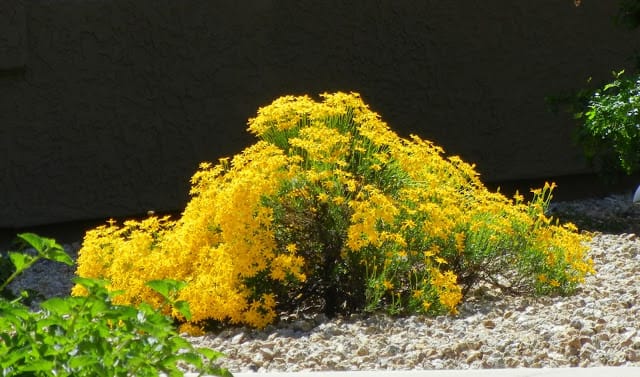
Perennials and Succulents
Damianita(Chrysactinia mexicana) is a fabulous flowering ground cover.
It thrives in locations with hot, reflected heat and handles cold temperatures (down to 0 degrees F) just as well.
In spring and again in fall, masses of bright yellow flowers cover this low-growing perennial. When not in bloom, it has dark green needle-like foliage.
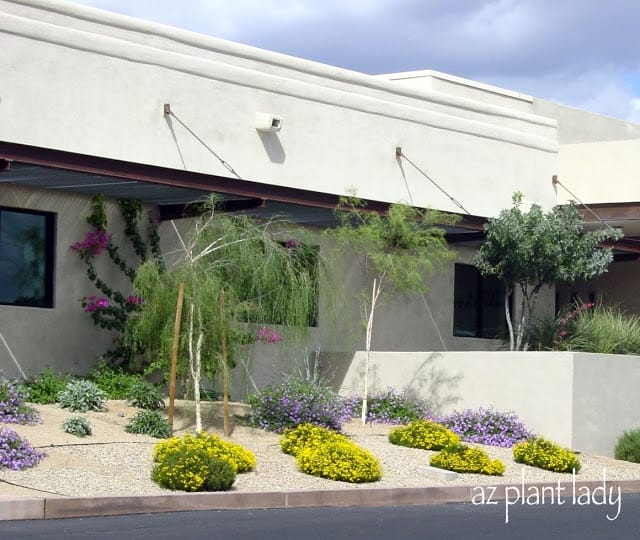
Newly planted landscape with Purple Trailing Lantana, Parry’s Penstemon, Desert Spoon, Palo Blanco trees and Damianita.
I have used Damianita in other landscapes that I have designed in the past (shown above), with great results.
*The trick to keeping Damianita looking great is to shear it back in late spring.
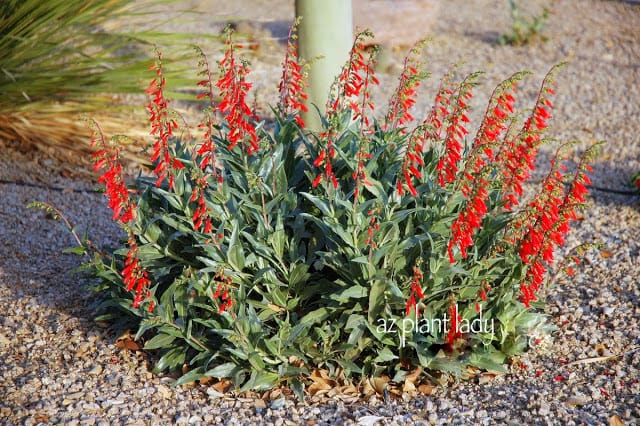
Perennials and Succulents
Firecracker Penstemon(Penstemon eatoni) is my favorite flowering perennial. The one pictured above, is in my own garden.
I am often asked about this brilliantly colored plant in spring when it is in bloom.
One of the reasons that I love this Penstemon is that is begins flowering in winter, in zone 9b and continues on into spring. In cooler zones, it begins flowering in spring and lasts into summer. It handles cold temperatures easily and is hardy to zone 5.
Hummingbirds find the flowers irresistible. To prolong bloom, prune off the flowering stalks once the flowers begin to fade and you will be rewarded with another flush of bloom.

Perennials and Succulents
Angelita Daisies(Tetraneuris acaulis formerly, Hymenoxys acaulis) are what you could call one of my ‘signature’ plants, because I use them often, like the landscape I designed, above.
I find them invaluable in the landscape because they flower off and on throughout the year, with the heaviest bloom occurring in spring.
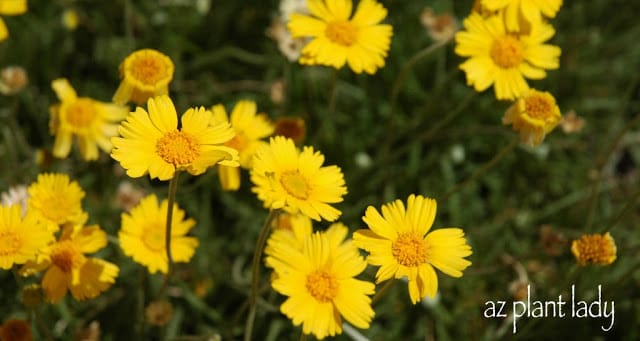
They easily handle full sun and reflected heat and look great in pots. I like to plant them next to boulders in groups of 3 or 5 for best effect. Cold temperatures are no problem either because they are hardy to zone 5.
Maintenance is easy – simply shear the flowers every 8 weeks or so.
Now, so far I have shown you the trees, shrubs and perennials planned for this area. But, I want to add succulent plants, which are also used as accent plants. These types of plants add texture to the landscape because their unique shapes contrast well with the softer, more rounded shapes of the shrubs and perennials.
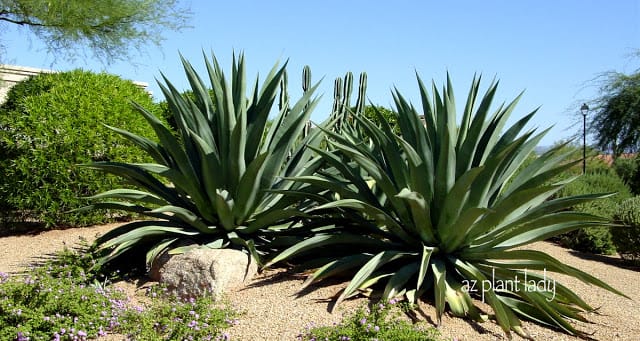
Weber’s Agave(Agave weberi) is a large agave that can grow 5 to 6 ft. high and up to 8 ft. wide.
In large landscape areas, I don’t want to use small succulents because it will be hard to see them unless you mass a lot of them together. My budget won’t allow for that with this project.
I love how this large agave can stand up on its own. I like to plant flowering ground covers underneath them.
Plant in full sun or light shade. Weber’s Agave is hardy to zone 7. *Agave need supplemental water in our climate to look their best. I recommend watering twice a month in summer and once a month in spring and fall.
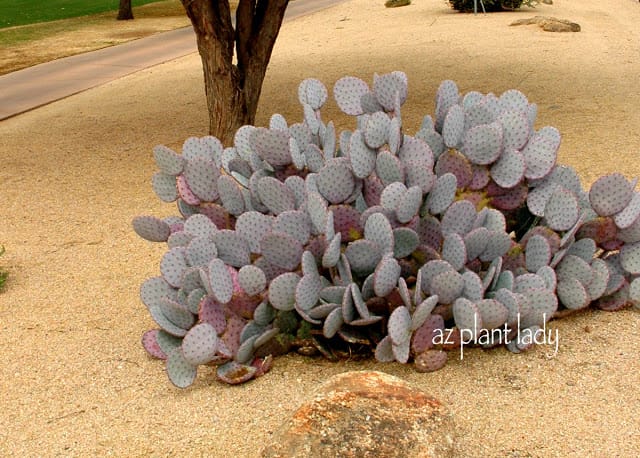
You can’t get much more unique in shape and coloring then Purple Prickly Pear(Opuntia santa-rita).
I love the gray pads with shades of purple.
The purple color deepens in cold temperatures or in times of drought.
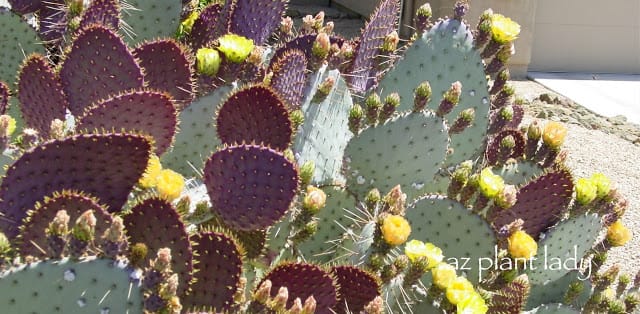
In spring, yellow flowers cover this beautiful cactus.
Hardy to zone 8, plant in full sun and well-drained soil.
**If you notice white cottony masses on your prickly pear, simply spray it off with a hose. They are caused by an insect.
Okay, are you ready for my last plant selection for this new project?

It is hard to find a succulent that works harder then Red Yucca(Hesperaloe parviflora). Despite their common name, they aren’t a yucca.
The lower, succulent leaves resemble ornamental grasses. In spring coral-colored flowers are borne above the grass-like foliage.
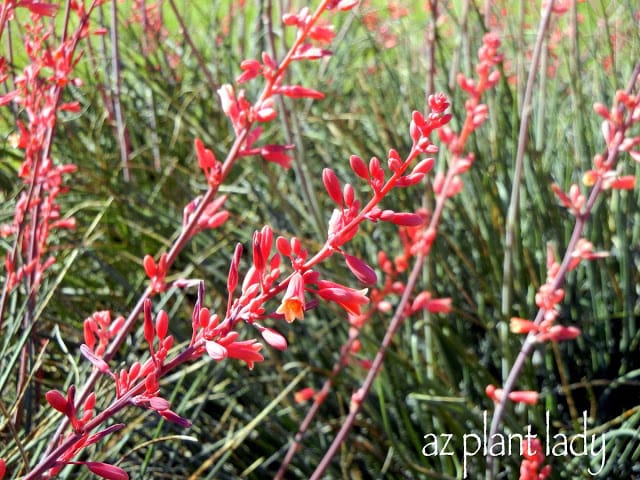
Hardy to zone 7, Red Yucca thrives in full sun. While drought-tolerant, they do best with supplemental water.
Maintenance is easy – just remove the flowering stalks as they begin to fade.
*There is a common mistake that landscapers often make with this succulent plant. To make sure this doesn’t happen to you, check out my previous post, “Do This NOT That”.
The last element for my newest project isn’t a plant at all, but it adds height and texture to the landscape without requiring any water or pruning…

Boulders!
I will use boulders interspersed throughout this flat area to add height. The boulders will have either a succulent and/or flowering perennials planted next to them.
Well, I must say that I am excited to get started on this project. We will wait until this fall for the planting.
I’ll be sure to take you all along as it progresses.
***************************
7 days until my daughter, Rachele, comes home from the Navy!!!

 Noelle Johnson, aka, 'AZ Plant Lady' is a author, horticulturist, and landscape consultant who helps people learn how to create, grow, and maintain beautiful desert gardens that thrive in a hot, dry climate. She does this through her consulting services, her online class Desert Gardening 101, and her monthly membership club, Through the Garden Gate. As she likes to tell desert-dwellers, "Gardening in the desert isn't hard, but it is different."
Noelle Johnson, aka, 'AZ Plant Lady' is a author, horticulturist, and landscape consultant who helps people learn how to create, grow, and maintain beautiful desert gardens that thrive in a hot, dry climate. She does this through her consulting services, her online class Desert Gardening 101, and her monthly membership club, Through the Garden Gate. As she likes to tell desert-dwellers, "Gardening in the desert isn't hard, but it is different."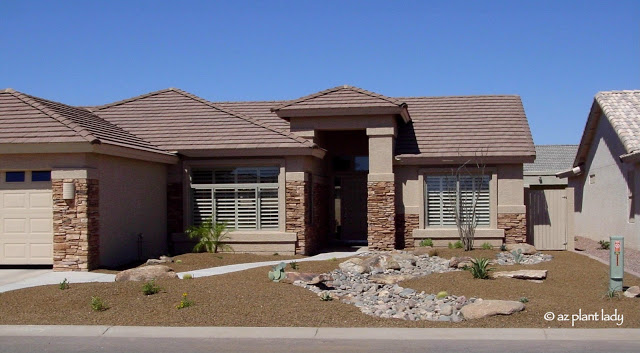
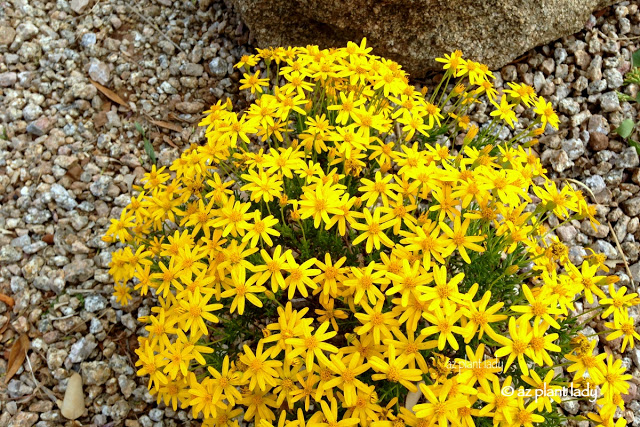
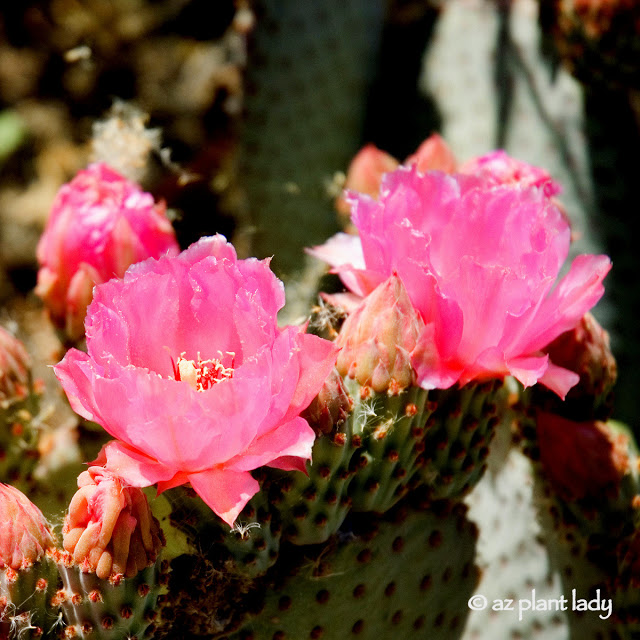
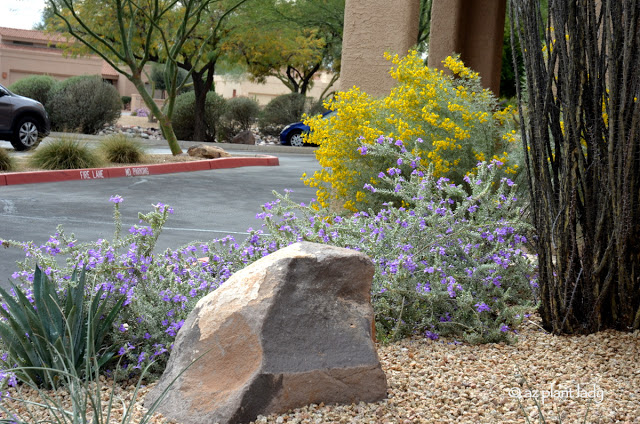
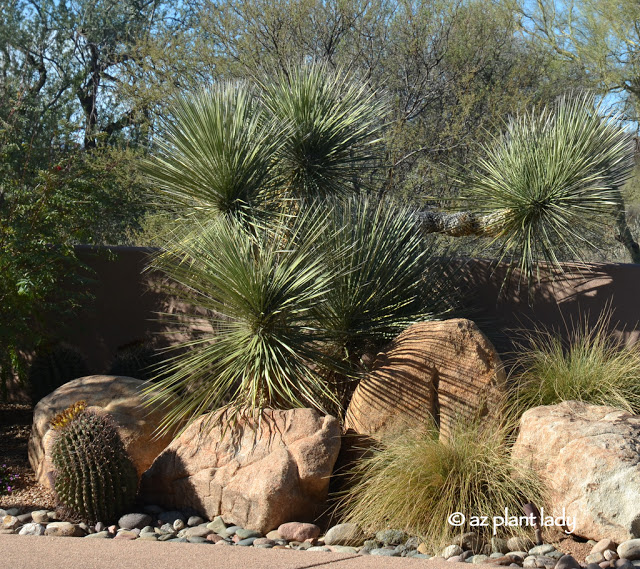
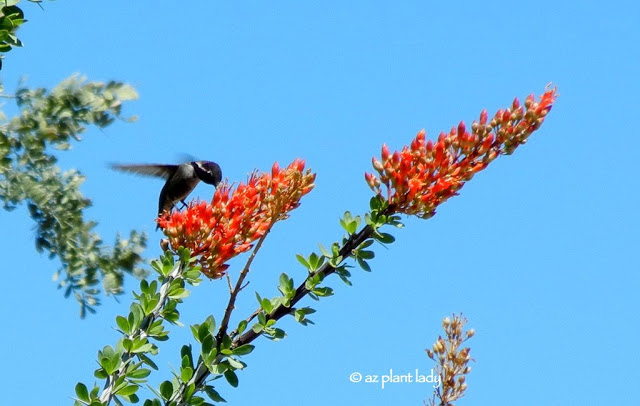








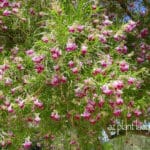

Can't beat those for being tough in the desert. I especially like your point about not using loads of small plants to cover a large space (or a space viewed from driving by)…most LA's where I moved from don't get that!
looking forward to watching the progress!
I can hardly wait to see how your project comes together – I love your plant selection !